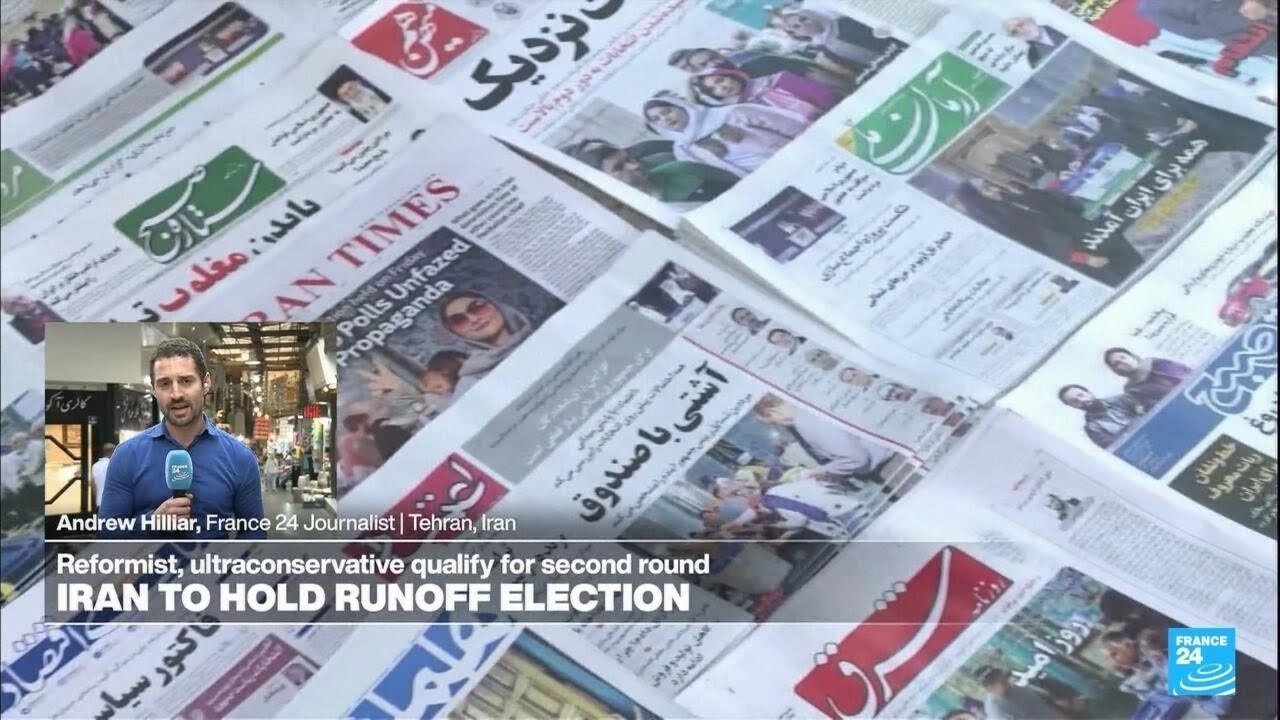The recent elections in Iran have culminated in the necessity of a second-round runoff vote, drawing attention not only to the candidates but also to the notably low voter turnout, the lowest since the 1979 Islamic Revolution, at just 40%. This has emerged as a significant concern for Iran’s clerical leadership, particularly for Supreme Leader Ayatollah Ali Khamenei, who had emphasized the importance of voter participation. Masud Pezeshkian, initially perceived as an outsider, has seen a surge in support, now standing a considerable chance in the upcoming presidential race against Saeed Jalili, who seeks to solidify conservative voter support. The political atmosphere is charged with anticipation as candidates vie for the presidency amidst a polarized electorate.
- Second-round runoff vote confirmed due to initial voting results.
- Low voter turnout of 40%, the lowest since the 1979 Islamic Revolution.
- Supreme Leader Ayatollah Ali Khamenei stressed the importance of high voter turnout for national pride and dignity.
- Masud Pezeshkian, once an outsider, has gained momentum, endorsed by two former presidents and potentially becoming Iran’s next president.
- Saeed Jalili looks to consolidate conservative voter base, receiving a boost from the endorsement of the third-place candidate, Mohammad Bagher Ghalibaf’s supporters.
- Political polarization observed within the electorate, with young people and students expressing disillusionment with the electoral process, while others view voting as a civic duty and hope for change.
France 24 is an international television network and news website owned by the French state.
Official website: https://www.france24.com/en/
Original video here.
This summary has been generated by AI.

Leave a Reply